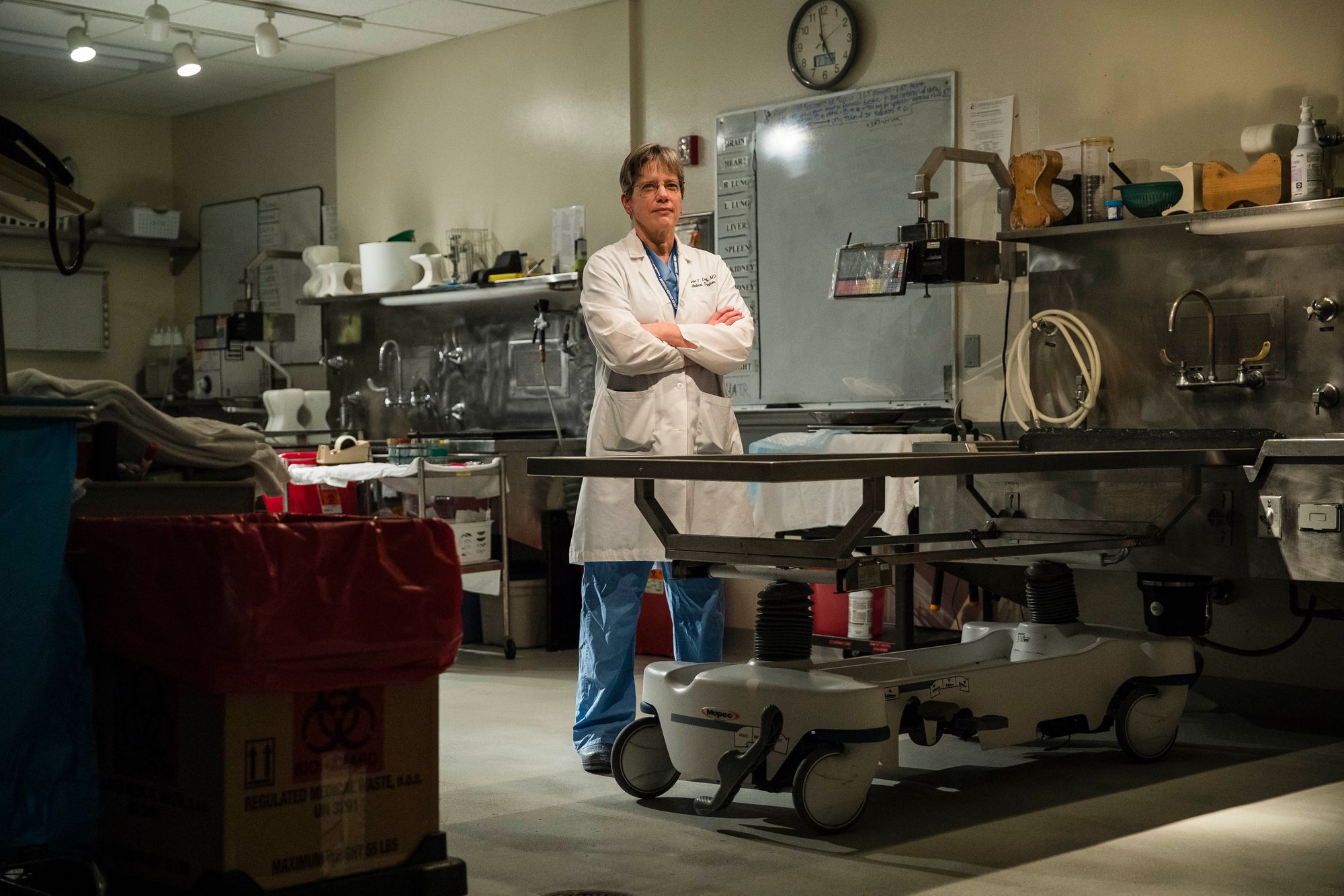Model Answer Examples for Medical Exam Vivas
To prepare for medical final OSCEs, I prepared answers based on the most likely examination findings and the most common questions asked. For each, I thought of a logical structure for an answer and aimed for a top three or groups of three where possible. I created recordings where I would ask the question then leave a pause for me to answer before the recording gave the model answer that I prepared. I would listen to these recordings when I had free moments, such as when I was running errands in town or travelling somewhere, until they became second nature.
Below are two examples. If you would like access to the full set of recordings, contact me at: hi@chrislovejoy.me.
- What is the differential diagnosis for a systolic murmur?
Valvular problems:
- AS / PS
- MR / TR
Problems with the heart wall:
- HOCM
- ASD
- VSD
Systemic conditions:
- Hyperthyroidism
- Anaemia
- Pregnancy
- Paget’s disease of bone
Innocent murmur
2. What investigations would you perform for some who has fainted?
To create this answer, I started by creating a list of the differential diagnosis (see below).
I then created an answer which covers the main differentials in the format (i) bedside tests, (ii) blood tests, (iii) imaging and (iv) special tests.
Differential diagnosis for a ‘faint’:
Cardiological: Vasovagal, postural hypertension (prolonged bedrest, drug induced, hypovolaemic, autonomic failure), arrhythmias, MI, PE
Neurological: seizure, stroke
Metabolic: hypoglycaemia, alcohol, hypoxia, electrolyte abnormalities, uraemia
Other: hyperventilation, narcolepsy, pseudoseizures
Investigations:
- cardiological and neurological exams
- bedside tests: lying and standing BP (for postural hypotension), glucose (for hypoglycaemia), ECG (for arrhythmias, MI, PE)
- bloods: FBC (for anaemia), U+Es (for electrolyte abnormalities), alcohol markers
- imaging: CT head/MRI (for stroke)
- special tests: EEG (for seizures)
